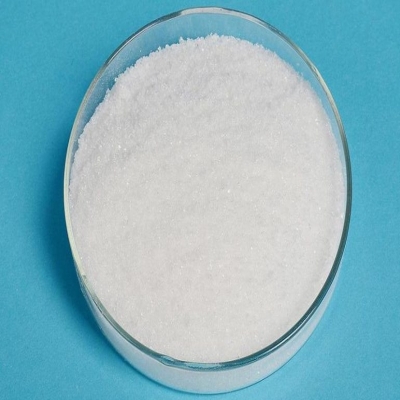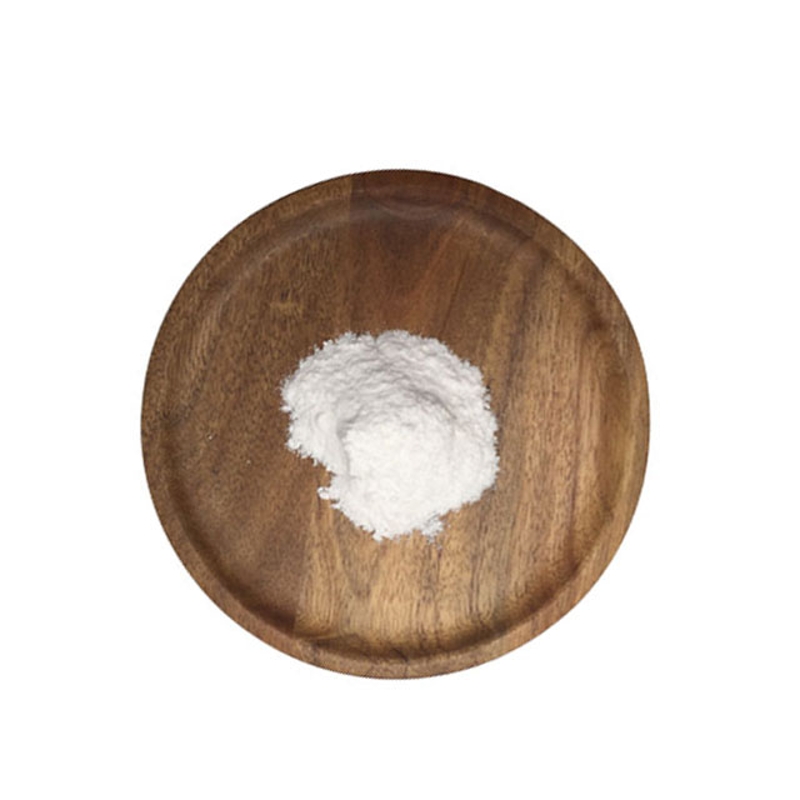-
Categories
-
Pharmaceutical Intermediates
-
Active Pharmaceutical Ingredients
-
Food Additives
- Industrial Coatings
- Agrochemicals
- Dyes and Pigments
- Surfactant
- Flavors and Fragrances
- Chemical Reagents
- Catalyst and Auxiliary
- Natural Products
- Inorganic Chemistry
-
Organic Chemistry
-
Biochemical Engineering
- Analytical Chemistry
- Cosmetic Ingredient
-
Pharmaceutical Intermediates
Promotion
ECHEMI Mall
Wholesale
Weekly Price
Exhibition
News
-
Trade Service
How virulent is the new coronavirus Omicron mutant strain? This issue has always been the most concerned issue by scientists and the publ.
How virulent is the new coronavirus Omicron mutant strain? How virulent is the new coronavirus Omicron mutant strain? This issue has always been the most concerned issue by scientists and the publ.
On May 16, 2022, on May 16, 2022 , Nature Nature published a famous virologist from the University of Wisconsin and the University of Tokyo in Japan, the world's top influenza virus expert, and academician of the National Academy of Sciences Yoshihiro Kawaoka (Yoshihiro Kawaoka) Research by the Yoshihiro Kawaoka group [
.
The title of this article is "Characterization and antiviral susceptibility of SARS-CoV-2 Omicron/.
The study selected live Omicron .
Infect
The study found that after k18-hACE2 mice were infected with the same dose of virus (3 dpi), the infectious virus titers in the lungs and nose of Omicron .
The virulence of .
Viral load detection .
Viral load test Viral load test in lungs and nose
The weight loss of mice reflecting the condition was also significantly lower than that of infected D61
weight loss weight loss
(Study results in k18-hACE2 mice)
After infection of hACE2 hamsters, compared with the original strain, the virus titer and viral load in the lungs of mice infected with the Omicron mutant were significantly reduced
Similarly, in hamsters, after infection with .
weight loss weight loss
After the same dose of virus, the infectious virus titer in the lungs of Omicron .
virus titer virus titer
In contrast, the infectious virus titers in hamster lungs infected by .
(results of hACE2 hamster study)
The original strain, .
The study further found that in hamsters, the neutralizing titers of sera against SARS-CoV-2 original type were 5881 for SARS-CoV-2 original type, 205 for .
Neutralizing titer Neutralizing titer
The neutralizing titers of sera after .
1 infection were 103 for the original SARS-CoV-2, 2249 for .
1, and 592 for .
The neutralizing titers of sera after .
2 infection were 270 for the original SARS-CoV-2, 281 for .
1, and 3294 for .
Therefore, it shows that the SARS-CoV-2 original type, .
2 and .
1 sera after infection lack cross-neutralization, which is consistent with the phenomenon observed in huma.
2 and .
1 infection is consistent with what has been observed in huma.
Live virus neutralization activity of vaccinated sera against various VOC mutant strains
The study further evaluated the live virus neutralizing activity (FRNT) of vaccine recipient sera against various VOC mutant strains and found that
14 days after inoculation with 3 doses of BNT162b2, the FRNT50 against SARS-CoV-2 primitive was 5604, 581 against .
1, and 631 against .
After previous infection + 2 doses of BNT162b2 inoculation , neutralization of .
2 increased to 2029 at 1 month and decreased to 443 after 6 mont.
Omicron infection occurred after 2 BNT162b2 vaccinations with neutralizing titers of 985 for .
1 and 800 for .
Validation of monoclonal antibodies and antiviral drugs
The commercialized SARS-CoV-2 monoclonal antibody treatment of virus-infected hamsters was studied, and it was found that REGN10987/REGN10933, COV2-2196/COV2-2130 and S309 had a certain therapeutic effect on .
2 infecti.
And I have repeatedly emphasized that Omicron has fewer key enzyme mutations, so the three oral antiviral drugs include the RdRp inhibitor Molnupiravir, the Mpro inhibitor Nirmatrelvir (the main component of Paxlovid) and the new protease inhibitor S-217622 developed by Shiono.
Inhibition of viral replication after infection is highly effective , all three oral drugs can completely inhibit the virus in the lung, and Nirmatrelvir and S-217622 can significantly inhibit viral replication in the no.
S-217622 is also the most promising high-potency antiviral drug after Paxlov.
This study is currently the best and most comprehensive in vivo study of .
2
As of the time of submission, Omicron .
2 has dominated in at least 68 countries, especially in the Asia-Pacific region; so far, .
2 has become the predominant Omicron subtype prevalent in the wor.
This is the best and most comprehensive .
2 in vivo study that is even more importa.
The experimental design of this study is very clever and the data is very detail.
2 in vivo study currently The best and most comprehensive .
2 in vivo study
Virology colleagues who know Yoshihiro Kawaoka's research should know the quality of his laboratory da.
This study has extremely important reference value for understanding the virulence of .
B, This study is the first in vivo model to confirm that .
2 is indeed less virulent than the previous original strain
In this research paper on the virulence of the new coronavirus Omicron .
2, the in vivo model confirmed for the first time that the virulence of .
2 is indeed lower than the previous SARS-CoV-2 original type (WA1 and D614.
2 was indeed lower than that of the previous SARS-CoV-2 prototypes (WA1 and D614G), and the first in vivo model confirmed that .
2 was indeed lower than the previous SARS-CoV-2 2 original models (WA1 and D614G)
This study is also the most comprehensive to evaluate vaccines and antiviral treatments in vi.
Urgent confirmation by real-world clinical data
It should be noted that although both in vivo and in vitro experiments from the laboratory have shown that Omicron mutants are less virulent, real-world studies have not been particularly conclusi.
We have been paying attention to the severity of Omicron-infected patients from the very beginnin.
Based on the existing research, if the factors of vaccination are not considered, the severe/case fatality rate of Omicron-infected patients in the real world is close to 1/3-1 of the







